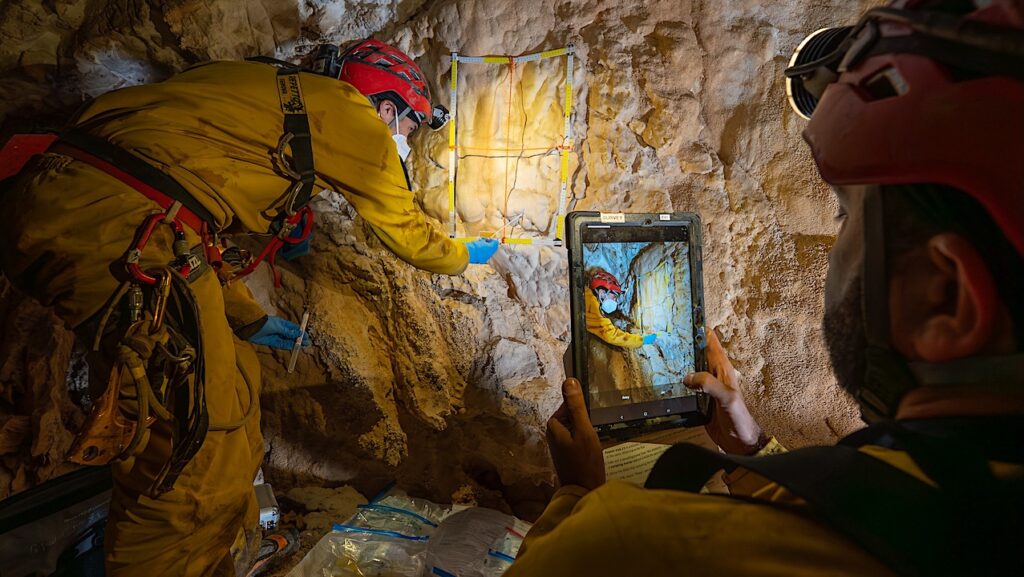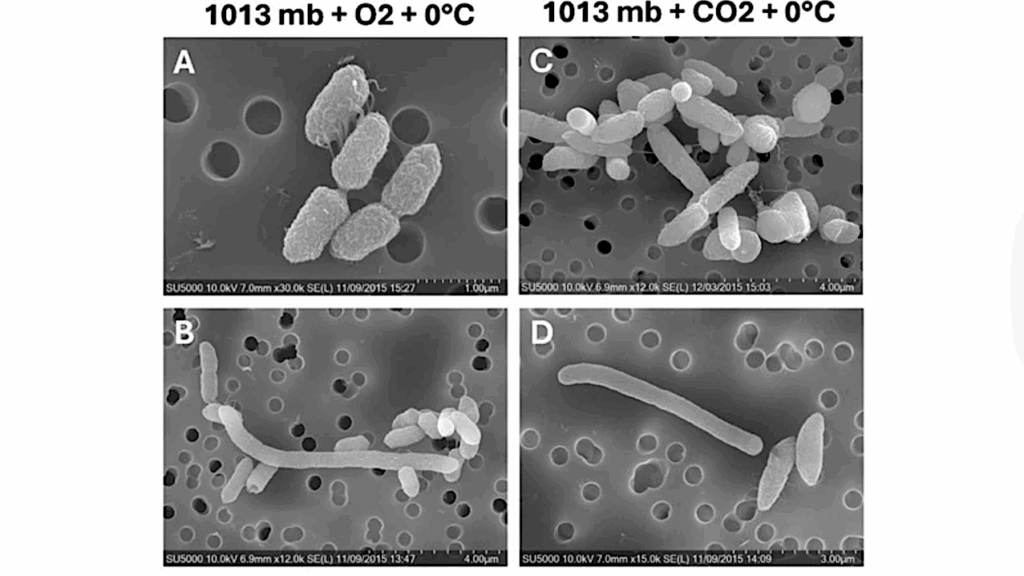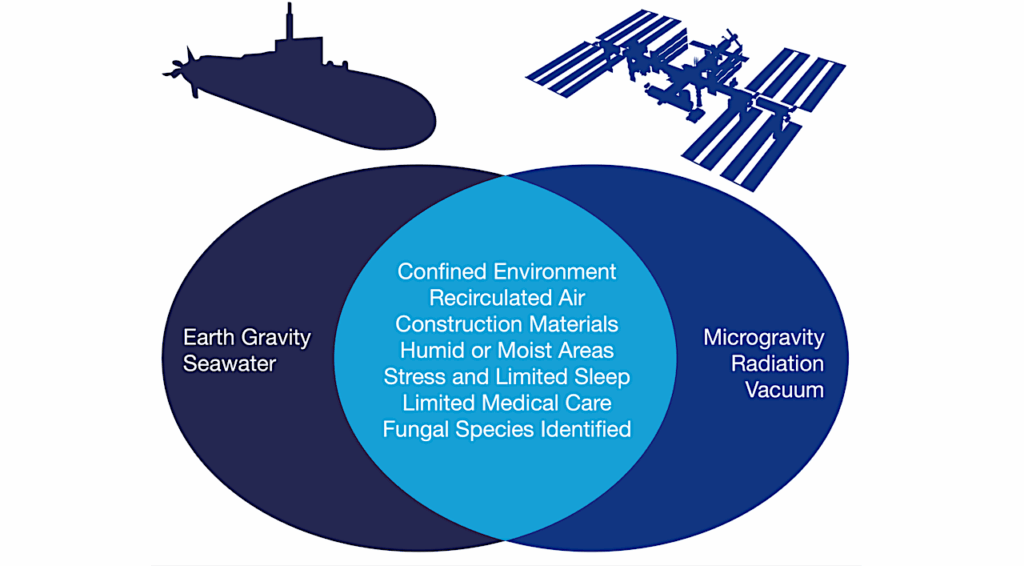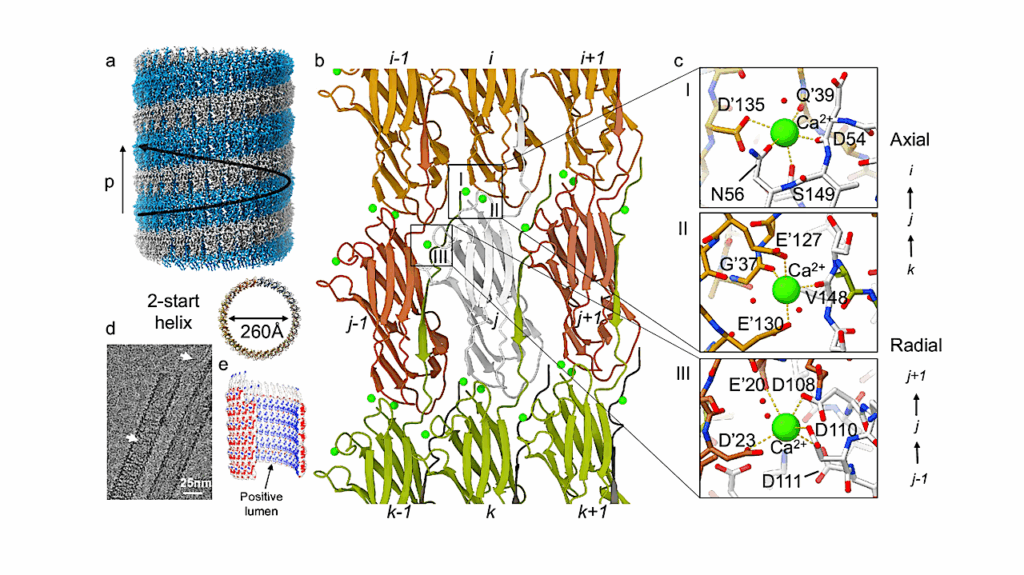NPP Seminar: Daiki Horikawa, "UV Radiation Tolerance of Tardigrades"
Daiki Horikawa, former NASA Astrobiology Program Postdoctoral Fellow, will present a seminar on the research he conducted during his NPP Fellowship on Tuesday April 24, 2012 at 11 AM Pacific time.
Abstract: Tardigrades are tiny (0.1-1.0 mm in length) invertebrate animals that are distributed in various environmental conditions in many areas from polar to tropical regions throughout the world. Tardigrades are proposed as potential model organisms for astrobiological research due to their extraordinary tolerance to a variety of extreme environmental conditions. In the present study, we show that the tardigrade Ramazzottius varieornatus has resistance to UVC (254 nm) radiation in both hydrated and desiccated anhydrobiotic states. R. varieornatus in the hydrated state survived and produced a second generation after exposure to 2.5 kJ/m2 of UVC radiation. We found that R. varieornatus has efficient systems for repairing detrimental photoproduct thymine dimers in DNA following massive UVC irradiation and that this species also has the ability to avoid UVC-induced thymine dimer formation in DNA in the anhydrobiotic state. In R. varieornatus accumulation of thymine dimers in DNA induced by irradiation with 2.5 kJ/m2 of UVC radiation disappeared 18 h after the exposure when the animals were exposed to fluorescent light.
A putative homolog of the D. melanogaster photo repair gene (phrA) was found in the R. varieornatus genome, suggesting that this gene is partly responsible for repairing damaged DNA after UVC irradiation. Much higher UV radiation tolerance was observed in the anhydrobiotic R. varieornatus compared to hydrated specimens of this species. Progeny was produced from tardigrades exposed to even 20 kJ/m2 of UVC radiation. The anhydrobiotes of R. varieornatus accumulated much less UVC-induced thymine dimmers in DNA than hydrated one. It suggests that anhydrobiosis efficiently avoids DNA damage accumulation in R. varieornatus and confers better UV radiation tolerance on this species. In conclusion, it is proposed that UV radiation tolerance in tardigrades is due to the both high capacities of DNA damage repair and DNA protection. The remarkable tolerance of R. varieornatus to UV radiation suggests multicellular-like life forms may exist in extraterrestrial environments such as the Martian surface where massive UV radiation exists.
For more information and participation instructions visit: http://astrobiology.nasa.gov/nai/seminars/detail/205 . Participation requires only an Internet connection and a browser.








